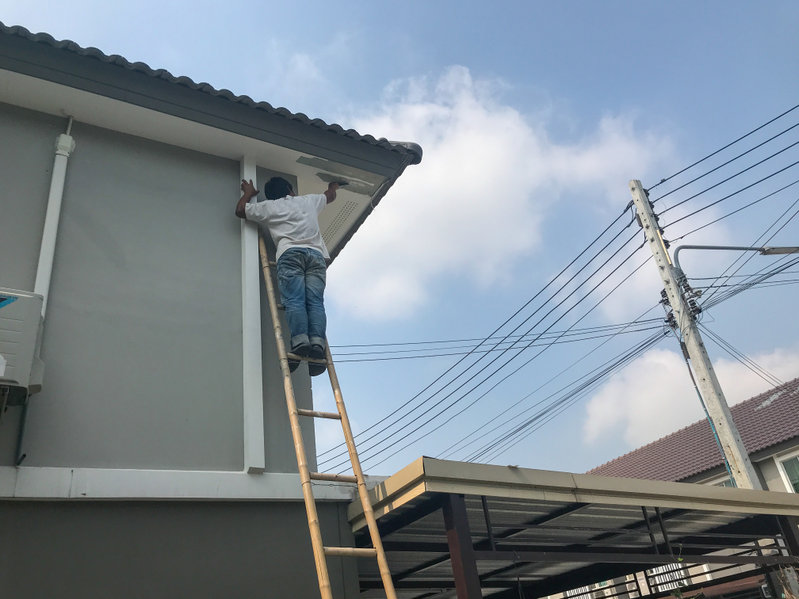How to Stop Roof Leaks Using Flex Seal
Step 1: Identify the Source of the Leak
Before you get started, it is important to locate the area where roof leakage is coming from. One of the simplest ways to do this is to pour a small amount of water over the area where the hole in your roof could be present. If you can get assistance, have someone else check for the leak underneath while you pour water above the suspected area.

It is important to work on a small area at a time so that you can pinpoint the exact cause of the leak. Do not forget to check the juncture areas of the roof that has additional items like exhaust pipes.
Step 2: Clean the Suspected Area
Once you have identified the area where the leakage is occurring, you need to prepare the surface for effective adherence by cleaning it properly. When cleaning the surface, it is important to check for leaves, oil, dirt, or any other items that could have accumulated on your roof over the years. Once you have double-checked everything, it is important to allow some time for the roof to dry.
Step 3: Prepare the Flex Seal
It is important to shake the can thoroughly if you are using an original Flex seal spray. Give it a vigorous shake for at least 10 seconds to ensure it works optimally. However, there is no need to shake if you are using the flex seal liquid. All you need to do is to open the can and stir the liquid gently for at least 30 seconds. The reason why you need to follow these preparation procedures is to ensure the ingredient components of the liquid rubber are mixed properly for the best results.
Step 4: Apply the Product
If you are using the Flex seal liquid, you can choose to pour the liquid out onto the surface or spread it out evenly with a brush. If you are using the Flex seal spray, you need to aim the nozzle at the affected area and spray the product in an even, sweeping motion. Allow some time for each coat to dry completely before applying extra coats. Keep in mind that it could take between 1 to 2 days for the coat to dry fully. It is crucial to reapply the flex seal until all cracks are properly sealed off. You can always inspect the roof afterward and add more coats if necessary.
Benefits of Sealing Roof Leaks with Flex Seal
Flex seal protects the surface from UV rays, rust, and corrosion. It can also be used on dry and wet surfaces and does not crack or shrink after application. Unlike other sealants, it does not sag, crack, or peel when exposed to extreme weather conditions. You can use it to seal gutters, cracks, and other small roof leaks quickly. When applied onto the surface, the liquid rubber creates a hardened layer in a short period, making it an effortless task. It starts as a thick liquid that can be rolled or flattened out with a brush. This turns it into a sturdy, flexible rubber.
The good thing about flex seal is that it is eco-friendly and non-toxic to the user. Some flex seals are waterproof and can last for years. The only downside to flex seal is that some variants have a strong smell thus should be used in well-ventilated areas. Flex seal that is purchased in cans can be quite messy for one application.
If your trips to the roof seem like a daily or weekly task, there could be a serious issue that cannot be fixed with a flex seal. Some roof leaks are widely spread and probably need to be checked by a roofing expert. Climbing on the roof on your own could also be risky depending on your skill level and type of roof. It is always important to seek expert advice from a roofing professional to save time and reduce repair costs to a minimum.
